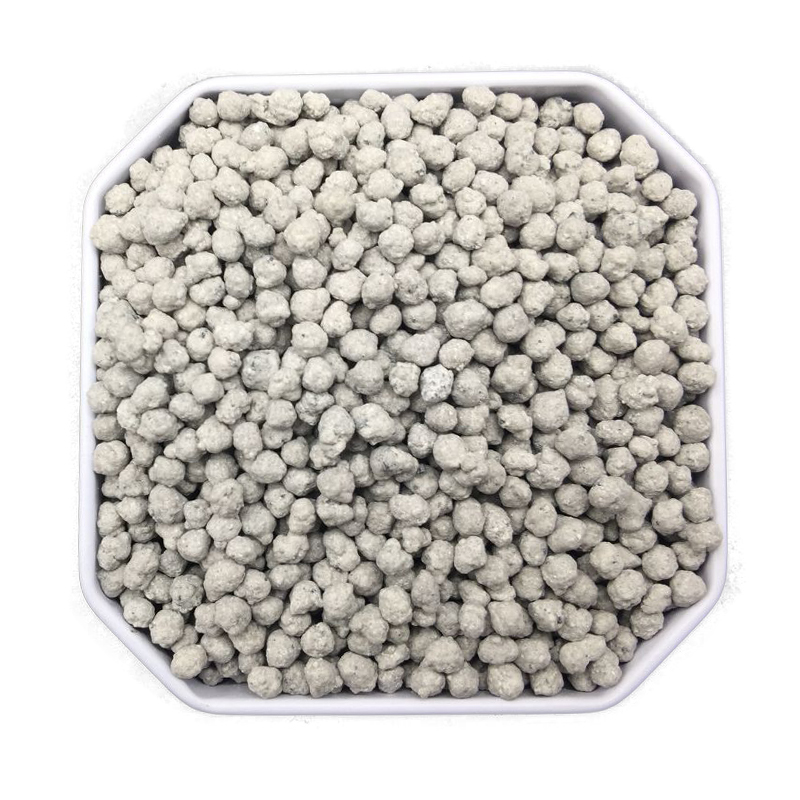
9-р сар . 10, 2024 00:08 Back to list
npk for soybean
Understanding NPK Ratios for Soybean Cultivation
Soybeans (Glycine max) are one of the most significant crops globally, valued not only for their oil and protein content but also for their role in crop rotation and soil health. To achieve optimal yields, it's essential to understand the nutritional requirements of soybeans, particularly the NPK ratio nitrogen (N), phosphorus (P), and potassium (K). Each nutrient plays a crucial role in the growth and development of the soybean plant.
Nitrogen (N)
Nitrogen is a vital nutrient for soybeans, influencing overall growth and development. It is crucial for the formation of amino acids, proteins, and chlorophyll. Soybeans can fix atmospheric nitrogen through symbiosis with rhizobia bacteria in their root nodules, but additional nitrogen may still be necessary, especially in low-nitrogen soils. A well-balanced nitrogen application can lead to improved leaf growth and photosynthesis, ultimately enhancing pod and seed formation. However, excessive nitrogen can cause vegetative growth at the expense of seed yield, which necessitates careful management.
Phosphorus (P)
Phosphorus is another critical nutrient in soybean cultivation, playing an essential role in energy transfer, photosynthesis, and the formation of nucleic acids. It contributes to root development, which is crucial for nutrient and water uptake. Soybeans require sufficient phosphorus, particularly during the early stages of growth. Soil testing can help determine phosphorus levels, and if found lacking, farmers should consider applying phosphorus fertilizers to ensure that plants can establish strong root systems. Typically, a phosphorus application at planting can significantly increase soybean yield by promoting better early growth and overall plant health.
npk for soybean

Potassium (K)
Potassium is vital for enzyme activation, photosynthesis, and the overall health of the soybean plants. It plays a key role in water regulation, helping the plant withstand drought conditions and promoting stress resistance. Potassium is also essential for transporting nutrients and regulating metabolic processes. A well-managed potassium level leads to improved pod filling and seed quality. As with nitrogen and phosphorus, soil testing is essential to determine potassium availability, and appropriate fertilization should be adjusted based on crop needs and soil conditions.
NPK Fertilizer Ratios
When selecting a fertilizer, the NPK ratio is critical for ensuring that soybeans receive an adequate supply of these essential nutrients. A common NPK ratio for soybean fertilizers is 5-15-30 or similar formulations that ensure a higher phosphorus and potassium content, reflecting the needs of the crop during its growth cycle. Application rates and timing are essential; for instance, phosphorus should be primarily applied at planting, while potassium can be applied during both pre-plant and early growth stages.
Conclusion
Understanding the NPK ratios and their implications for soybean cultivation is paramount for maximizing yield and quality. By recognizing the specific needs of soybeans regarding nitrogen, phosphorus, and potassium, farmers can strategically apply fertilizers to promote healthy plant growth and robust yields. Regular soil testing and careful nutrient management practices will ultimately lead to successful soybean production, contributing to food security and agricultural sustainability.
-
10 10 10 Fertilizer Organic—Balanced NPK for All Plants
NewsJul.30,2025
-
Premium 10 10 10 Fertilizer Organic for Balanced Plant Growth
NewsJul.29,2025
-
Premium 10 10 10 Fertilizer Organic for Balanced Plant Growth
NewsJul.29,2025
-
Premium 10 10 10 Fertilizer Organic for Balanced Plant Growth
NewsJul.29,2025
-
50 Pound Bags of 13-13-13 Fertilizer for All Plants – Bulk & Organic Options
NewsJul.28,2025
-
High-Efficiency 15-30-15 Granular Fertilizer for Healthy Crops
NewsJul.28,2025
